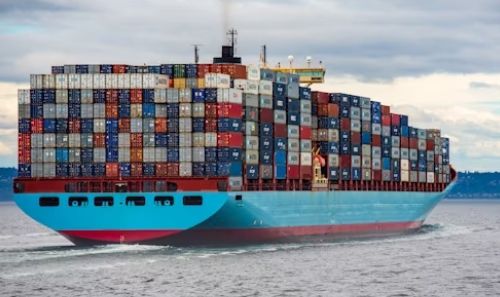What is D/P (Documents Against Payment)?
In international trade transactions, establishing a mutually beneficial payment method is essential for both exporters and importers. Exporters often hesitate to release goods without payment, while importers may prefer confirming delivery before making payment. Documents Against Payment (D/P) is one such payment method facilitating smooth cross-border trade. In this article, we will delve into what a D/P transaction entails, its operational process, and its advantages and disadvantages.

What is a Documents Against Payment (D/P) transaction?
In international trade, documentation ensures the smooth exchange of goods and payments. When a shipment begins its journey, the exporter submits necessary documents to their bank, the remitting bank. These documents, including a bill of exchange or draft, contain crucial details such as the invoice amount and payment terms. The draft, drawn up by the exporter, is designed for immediate payment or acceptance by the importer.
A D/P transaction employs a sight draft, mandating immediate payment upon receipt by the importer. In return, the importer gains access to documents necessary for taking possession of the goods. Failure to pay entitles the exporter to reclaim both goods and documents.
D/P differs from Documents Against Acceptance (D/A), which employs a time draft. Here, documents are released to the importer upon acceptance of a draft, legally binding them to pay by a specified date, granting access to the shipment without immediate payment.
How does Documents Against Payment work?
The steps involved in a D/P transaction are as follows:
1. Sales Contract: Exporter and importer agree on payment terms and sign a contract.
2. Item Dispatch: Shipment is dispatched per contract terms.
3. Submission of Export Documents: Exporter submits export documents to the remitting bank.
4. Delivery to Collecting Bank: Remitting bank sends documents and payment instructions to the importer's bank.
5. Payment by Importer: Importer reviews documents upon shipment arrival and makes full payment.
6. Release Paperwork: Collecting bank releases documents upon payment receipt.
7. Item Release: Importer, with proper documentation, gains access to the shipment.
8. Funds Transfer: Collecting bank transfers funds to the remitting bank, facilitating payment to the exporter.
Advantages of Documents Against Payment Transactions:
D/P transactions offer the following advantages:
- Enhanced Security for Exporters: Documents released only upon payment, ensuring security.
- Compliance with Regulations: Facilitates seamless cross-border trade adherence to diverse legal requirements.
- Protection against Non-Payment: Importers cannot acquire items until payment, safeguarding against default.
Disadvantages of Documents Against Payment Transactions:
D/P transactions present the following disadvantages:
- Risk of Premature Item Acquisition: Importer may access items before concluding the transaction, potentially delaying or avoiding payment.
- Challenge of Item Recovery: Non-payment may leave shipped items stranded, incurring costs for the exporter.
- Pricing and Selling Challenges: Forced sale due to non-payment may result in reduced prices and losses for the exporter.
Difference between Documents Against Payment (D/P) and Documents Against Acceptance (D/A):
The primary distinction lies in payment timing. In D/P, payment is immediate upon sight, while in D/A, payment is upon acceptance, typically on a later date. D/A effectively functions as a credit arrangement, allowing the importer to settle payment by an agreed future date.
In conclusion, while D/P transactions offer security and protection against non-payment, they also pose challenges if importers fail to pay. Indian businesses venturing into global trade, especially in e-commerce exports, must grasp payment methods intricacies. With India's e-commerce export sector expanding, informed decisions are vital for launching brands into global markets.
Related articles

 WeChat of CBiBank
WeChat of CBiBank